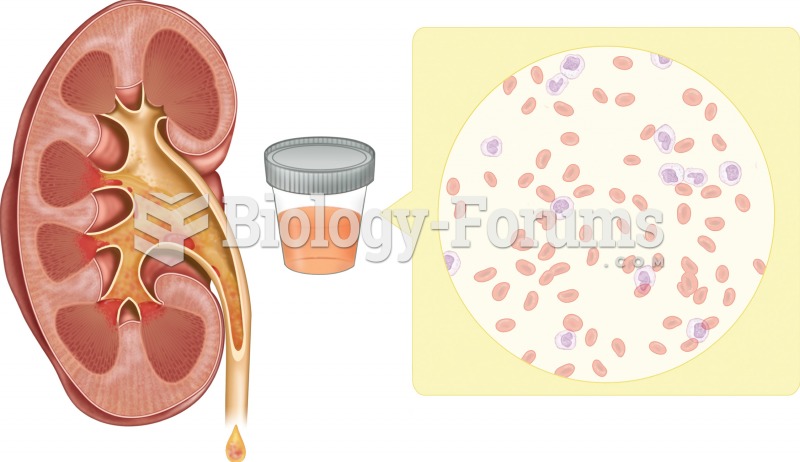Answer to Question 1
Spastic (pyramidal): hypertonia, (80 of CP cases)
- Hemiplegia: limbs on the same side of the body are affected (i.e. arm and leg)
- Diplegia/Paraplegia: legs are affected more than the arms
- Triplegia: three limbs are affected
- Quadriplegia: all limbs are affected. The case study patient has spastic quadriplegia.
- Double hemiplegia: all limbs are affected with one side being more impaired
- Monoplegia: one limb is affected
Non-spastic (extrapyramidal): fluctuating muscle tone or hypotonia
- Athetoid: involuntary movements
-
-
- Ataxic: difficulty walking due to decreased coordination/unbalanced gait
-
Mixed CP: has characteristics consistent with both spastic and non-spastic motor dysfunctions
Classifications range from level 1 (least impaired) to level 5 (most impaired) based upon the GMFCS and differs amongst five distinct age groups (< 2 yrs, 2-4 yrs, 4-6 yrs, 6-12 yrs, and 12-18 yrs). These classifications and their respective levels of impairment are based upon typical motor abilities associated with walking/running, jumping, balance, coordination, and speed and the appropriateness for them in each age group.
Baclofen is a medication used to relieve muscle spasticity associated with CP. A baclofen pump is a device used to administer baclofen intrathecally into the spinal cord and is often more effective in treating muscle spasms than oral baclofen. A pump containing the liquid form of medication is surgically implanted under the skin of the abdomen and is attached to tubing, which is inserted into the spine to deliver the drug. The pump is battery powered and needs to be replaced every 5-7 years..
Answer to Question 2
Functional abilities that are impacted include:
- Swallowing ability and poor oral motor function (dysphagia, drooling, chewing difficulties, dysarthria)
- Ability to control limbs/hypertonicity/hypotonicity (quadriplegia, hemiplegia, triplegia, etc.)
Ataxia
Rigid motor control
Athetosis
Seizures
- GI tract mechanical functions (GERD, delayed gastric emptying, constipation)
- Growth potential/ability and orthopedic problems (poor nutriture and low activity)
GMFCS is a 5 level system of classification that allows healthcare practitioners to classify a child's gross motor functional capacity based upon their age.
A GMFCS score of 3 in Olivia's age group (6-12 yrs old) indicates that she can walk short distances but uses a wheelchair or other mobile wheeled device to travel long distances







